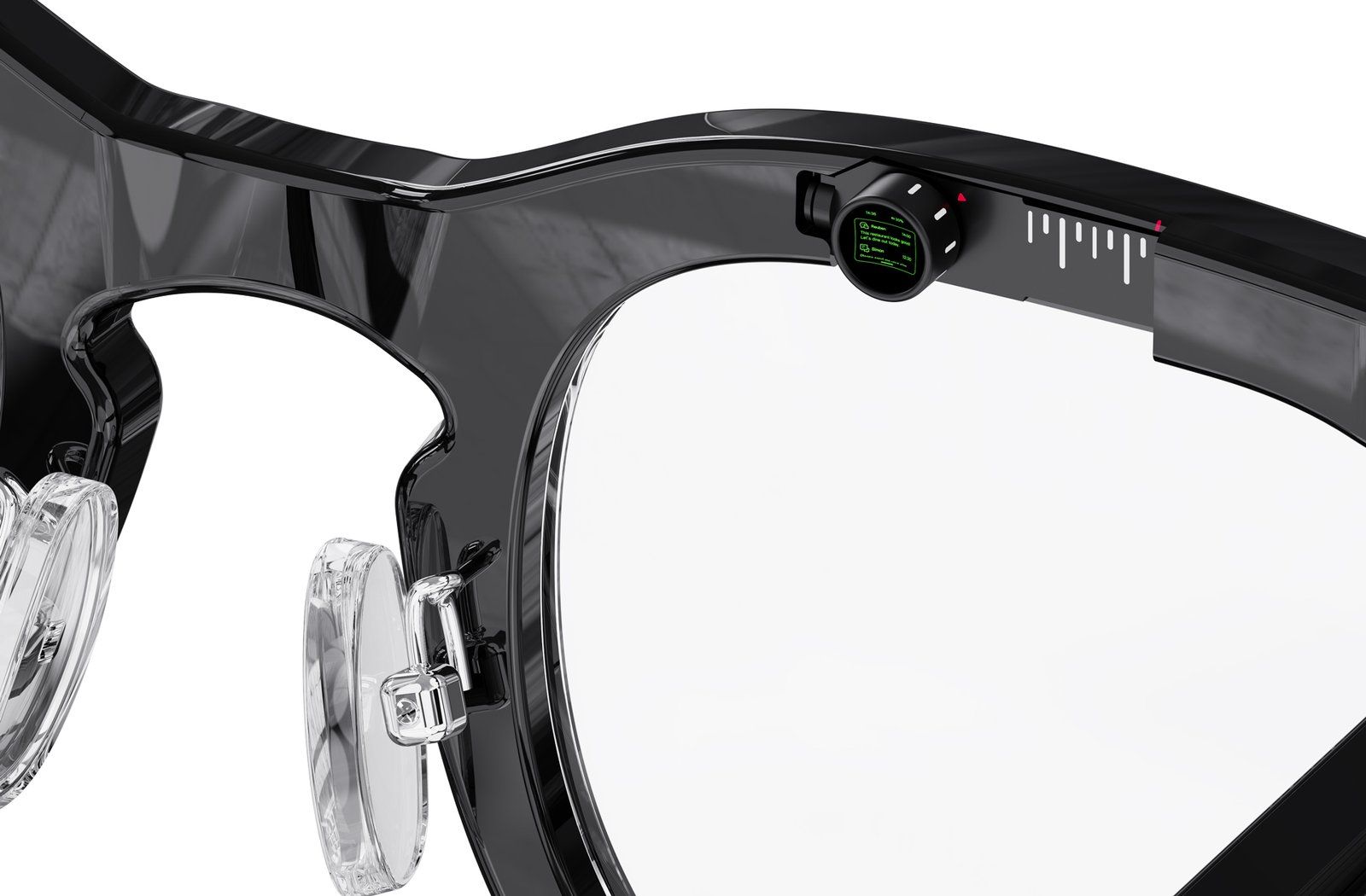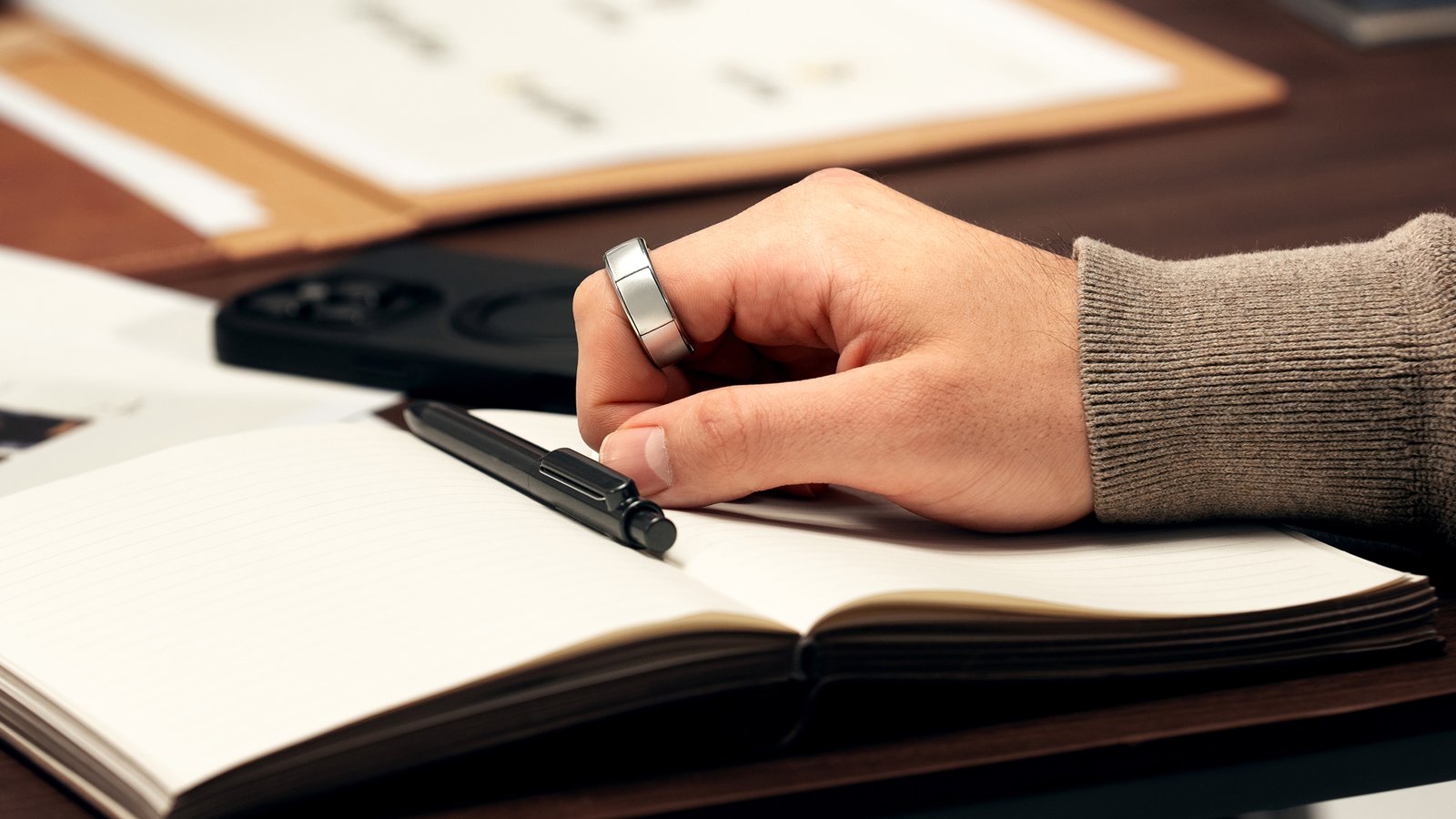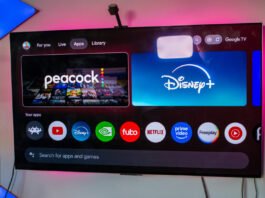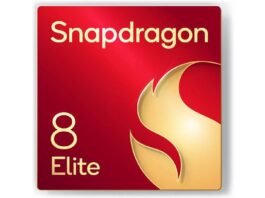- Halliday good glasses come with a tiny display screen and AI.
- They’re supposedly proactive.
- The show is amazingly small – however would possibly no longer seem that manner for your eye.
One of the most up to date tendencies at CES 2025 is wearables, and if we zoom in a bit of, we’re going to see that the largest a part of that development is all of the new good glasses. Joining that assortment however with a determined twist is Halliday, new “proactive AI eyewear” that seeks to reinforce your fact with at-a-glance data.
TechRadar will likely be widely protecting this yr’s CES, and can convey you the entire giant bulletins as they occur. Head over to our CES 2025 information web page for the newest tales and our hands-on verdicts on the whole lot from 8K TVs and foldable presentations to new telephones, laptops, good house devices, and the newest in AI.
And don’t overlook to follow us on TikTok and WhatsApp for the newest from the CES display ground!
Halliday – named for a key persona in Ready, Player One – are 35-gram good wearable eyeglasses that experience the good thing about browsing nearly precisely like conventional eyewear. However, hidden within the classic-looking glasses is a good quantity of era, together with an strange Digi Window microdisplay.
Integrated presentations are not anything new within the realm of augmented fact eyewear, however Halliday’s method is a bit of strange. Where Snap Spectacles and Meta Orion good glasses make use of waveguide era to color huge parts of the eyeglass lenses with semi-translucent imagery, Halliday makes use of one of the crucial tiniest presentations I’ve ever noticed and does completely not anything to the wearable’s lenses.
Developed by way of Gygeslabs, the Digi Window looks as if a tiny, pea-sized show situated alongside the higher proper aspect of the body. In photographs shared with TechRadar, it sounds as if to be adjustable, letting the wearer transfer it quite to raised place the DigiWindow for every wearer.
It is a tiny display screen that appears like a three.5-inch monochrome show up with reference to your eye. Yes, that is about the similar dimension as the unique iPhone. The software of a tiny display screen that will have to look as much as see is unclear.

The actual receive advantages right here, even though, might come from combining the Digi Window with AI-powered data that comes no longer from Halliday Smart Glasses however from the Halliday AI app operating to your Android or iPhone.
Not handiest are you able to question the Halliday AI agent, however it might, along with your permission, proactively pay attention to conversations via a microphone situated within the glasses, even leaping in with solutions to “complicated questions” all the way through a gathering.
There are audio system for paying attention to track, accomplishing calls, and, if you select, speaking to the Halliday AI. Of route, that is not important when you simply wish to learn the ideas at the green-on-black textual content readout in that tiny Digi Window show.
Other Halliday good Glasses options come with:
- Meeting summarization
- Notifications
- Teleprompter mode (not more hand-written notes!)
- Voice translation
- Turn-by-turn navigation
- Note-taking
In addition to voice keep an eye on, the frames and app paintings with a customized keep an eye on ring that responds to faucets and swipes however no longer gestures by myself.
According to Halliday, the body, which is available in a rather iconic black or tortoise, lasts 8 hours on a fee. They’ll accommodate prescription and transparent lenses and must get started delivery someday within the first quarter of this yr.
Pricing is ready at $489.99 within the United States and will likely be priced in a similar way in different international markets.

While I applaud Halliday’s unconventional method, a digital 3.5-inch display screen could be a tricky promote in an international the place complete field-of-view augmented fact is predicted from Meta, Snap, and others within the subsequent 24 months.
Putting the tiny show at the body and out of direct view lowers the opportunity of an obstructed view and any individual noticing the imagery, nevertheless it additionally manner you will have to no less than look as much as see the ideas. It rings a bell in my memory of Google Glass, which positioned a prismatic lens simply above eye degree. Every photograph of me the use of Google Glass depicts me browsing up.
Of route, I’ll reserve judgment till I am getting an opportunity to take a look at out the Halliday Smart Glasses for myself.
@techradar
♬ original sound – TechRadar
You may also like
Source: www.techradar.com



